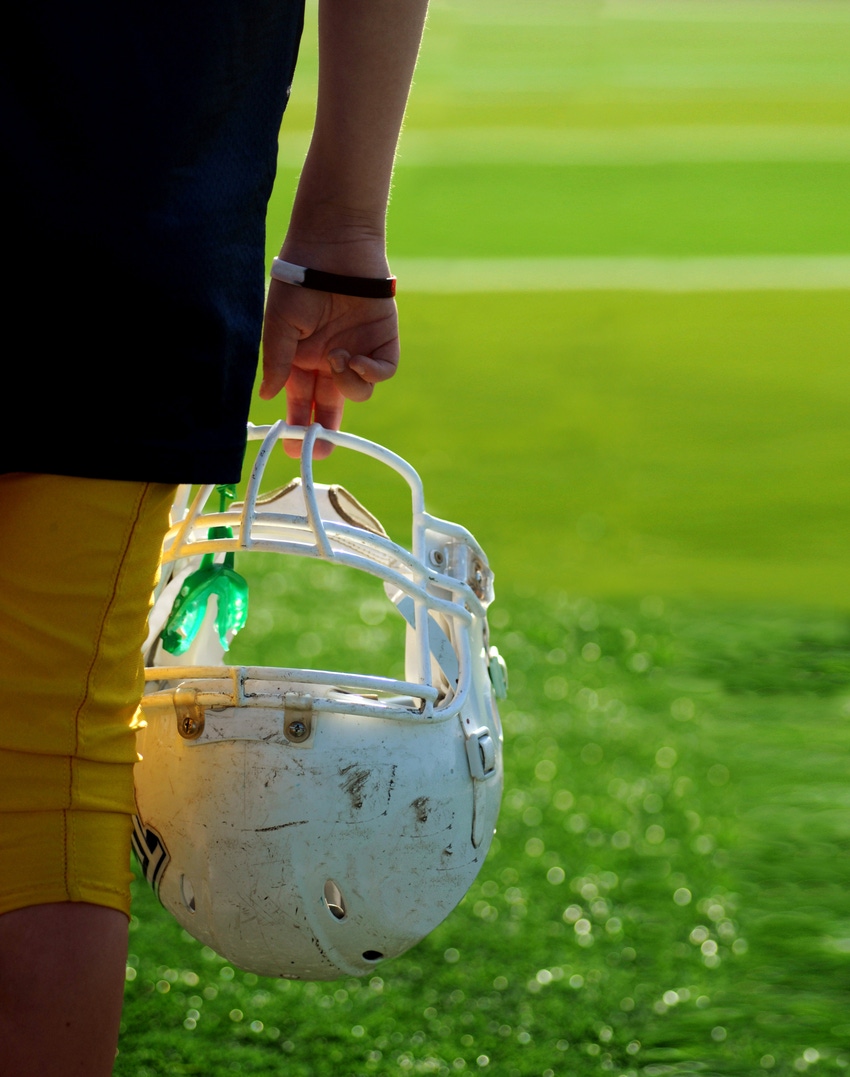The Billerica, MA-based company said the results of the study evaluating the Simoa technology for sports-related concussions have been published in JAMA Network Open.
February 4, 2020

Quanterix has reached another step in its goal to advance a blood-based test to detect concussions in athletes. The Billerica, MA-based company said researchers have successfully applied the Single Molecule Array (Simoa) technology to generate data on the value of blood biomarkers as research tools to study pathophysiological mechanisms of concussion and as potential clinical tools and objective indicators for sports-related concussions (SRCs) and mild traumatic brain injuries (mTBIs).
Results have been published in JAMA Network Open, demonstrate the promise of blood biomarkers to serve as clinical tools for objectively identifying and monitoring head injury, marking a notable advance in the pursuit of a concussion diagnostic test.
“What has gone on in this study is, we’re using our sensitivity of Simoa to look at mild traumatic brain injuries,” Kevin Hrusovsky, Chairman and CEO, Quanterix, told MD+DI. “Those two markers that were used in this study -were approved by FDA [about two years ago] to rule out the need to use a CT Scan in the event of a TBI and the company that [behind] that was Banyan Diagnostics.”
Results of the study demonstrate a strong correlation between concussions and elevated GFAP, UCH-L1 and tau levels in the blood. The company said this supports prevailing theories that a clinically viable concussion test will necessitate a panel of markers rather than relying on a single indicator. The research also broadens the understanding of mTBIs, which are often missed due to the subtlety of symptoms, supporting the use of GFAP and UCH-L1 as sensitive, acute markers for milder head trauma. While Nf-L interaction was not considered significant as a concussion indicator, findings support its use as a measure for the seriousness of an injury and triggered neuronal damage. Nf-L was the only marker elevated days after RTP in more severely injured athletes with loss of consciousness (LOC) or post-traumatic amnesia (PTA).
Quanterix said the study joins a catalog of more than 600 peer-reviewed studies powered by Simoa. A considerable portion of this research focuses on how TBIs manifest and progress in high-risk groups, including military personnel, professional hockey players, Olympic boxers, professional football players and more.
Simoa has yet to receive FDA approval. However, Quanterix is working with the agency to eventually gain a nod for the technology.
“What we’ve been doing over the last three years is selling Simoa as a research-use only device to researchers to build a body of evidence through these 3rd party peer-review publications,” he said. “And now we’ve just begun to work with FDA to get approval for these techniques initially for MS, but also for concussion and a lot of other [neurological diseases.]”
He added, “We can see single molecules in blood. It’s the equivalent of being able to see a grain of sand in 2,000 Olympic-sized swimming pools or to differentiate a single blade of grass in a field the size of Alaska. That’s how our technology is like rocket science for the blood.”
About the Author(s)
You May Also Like




